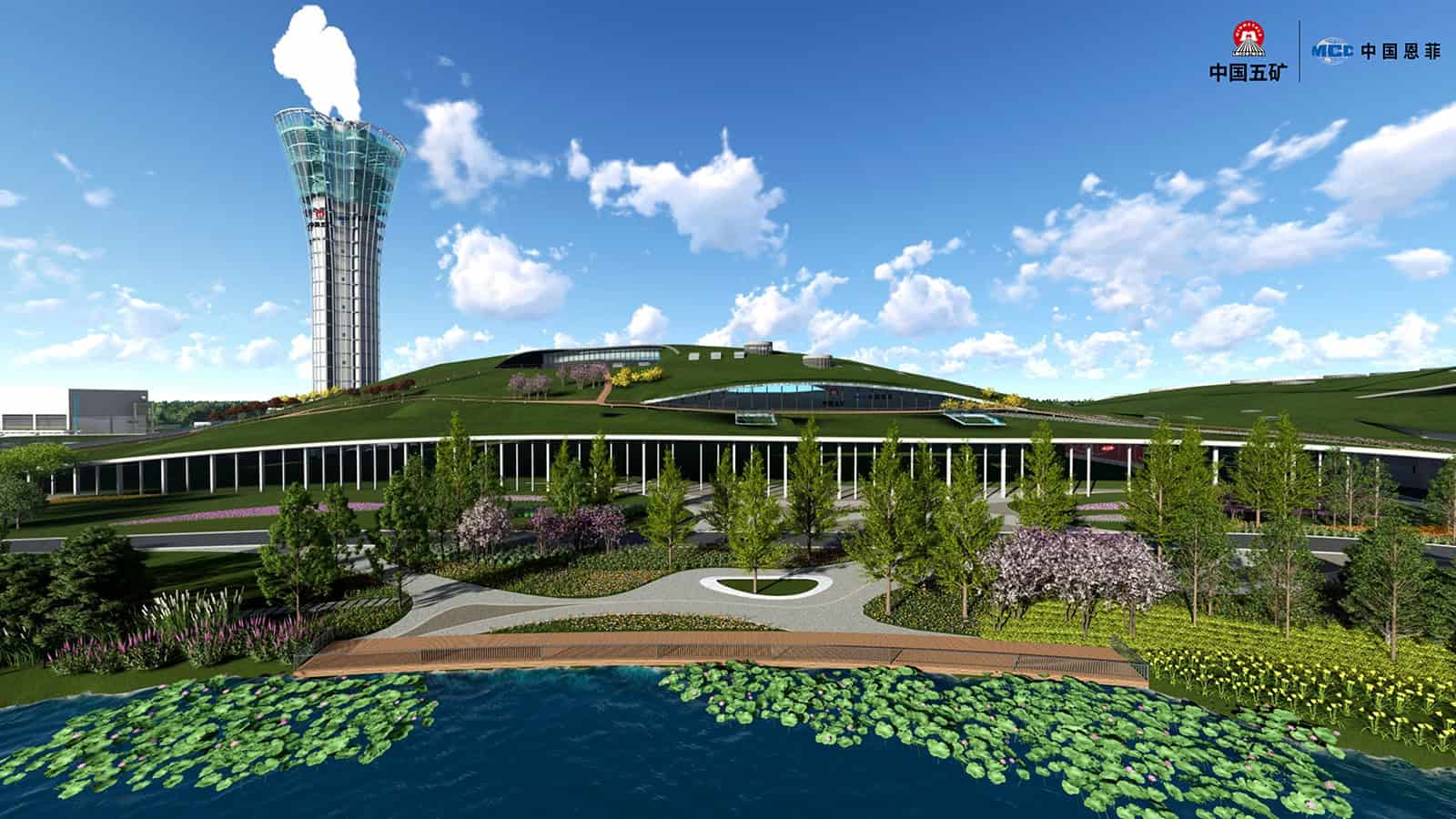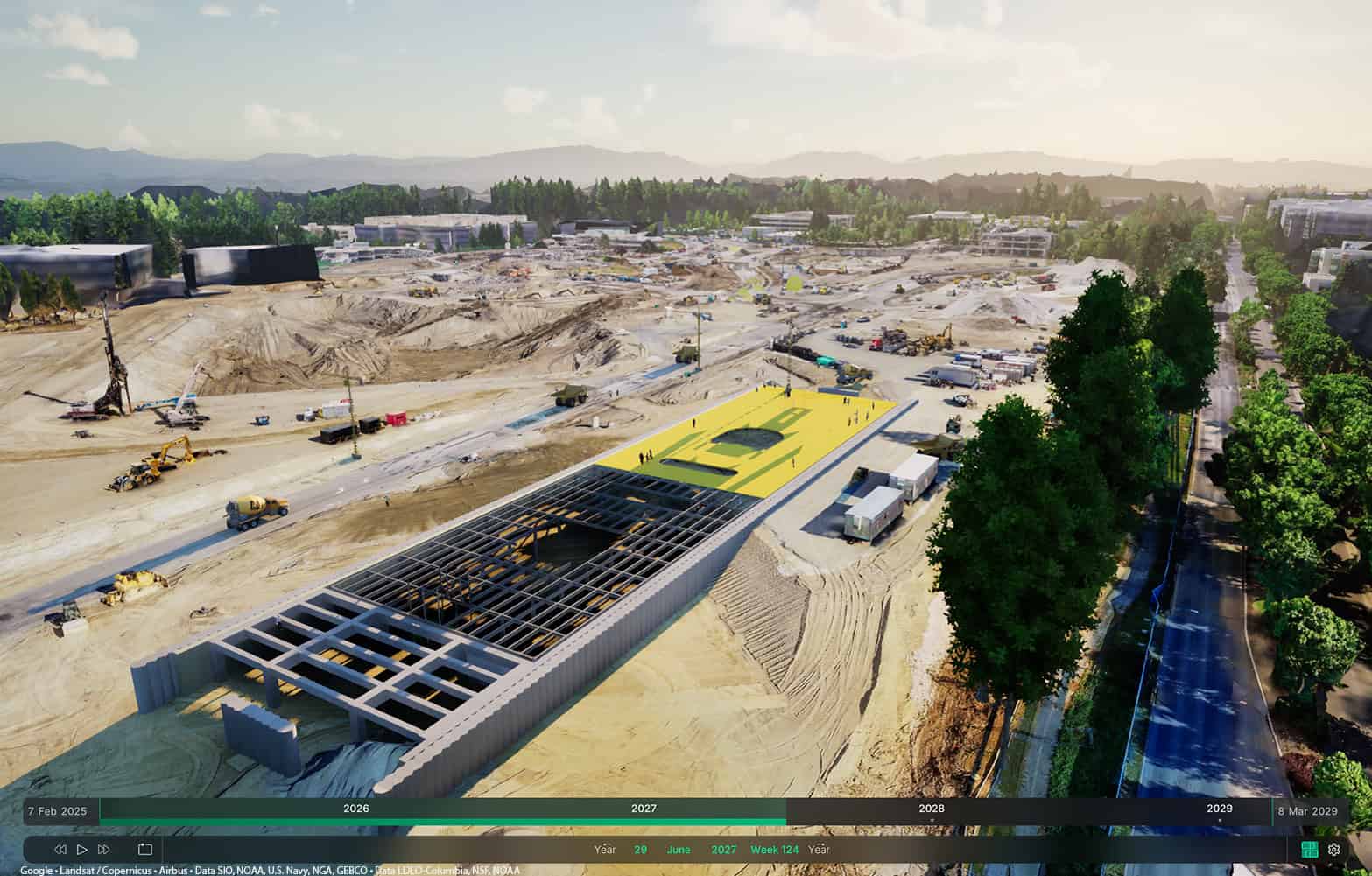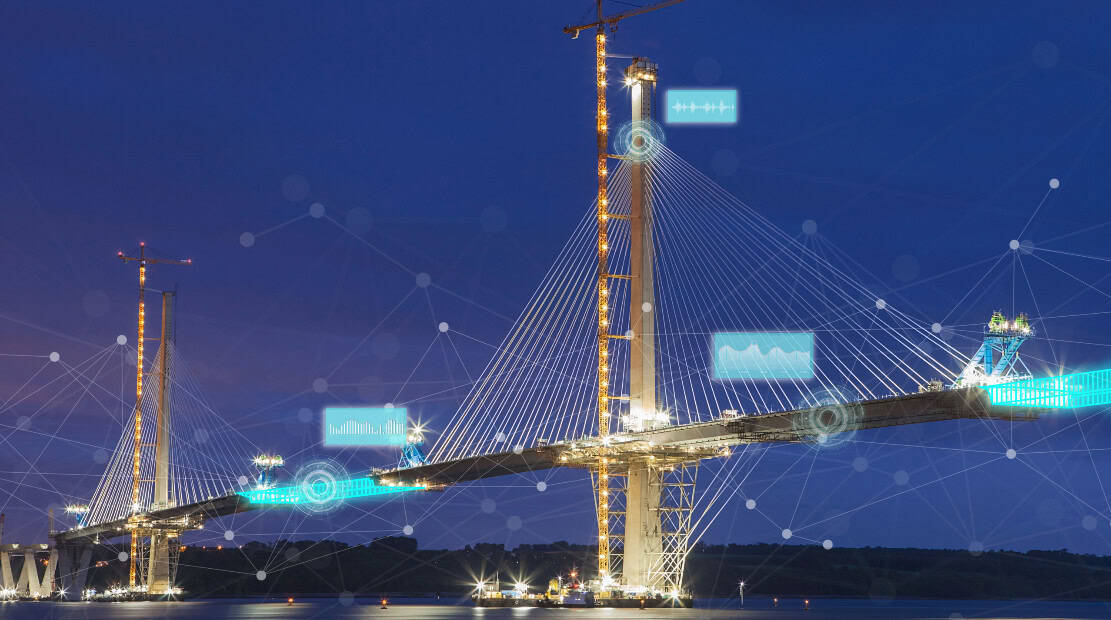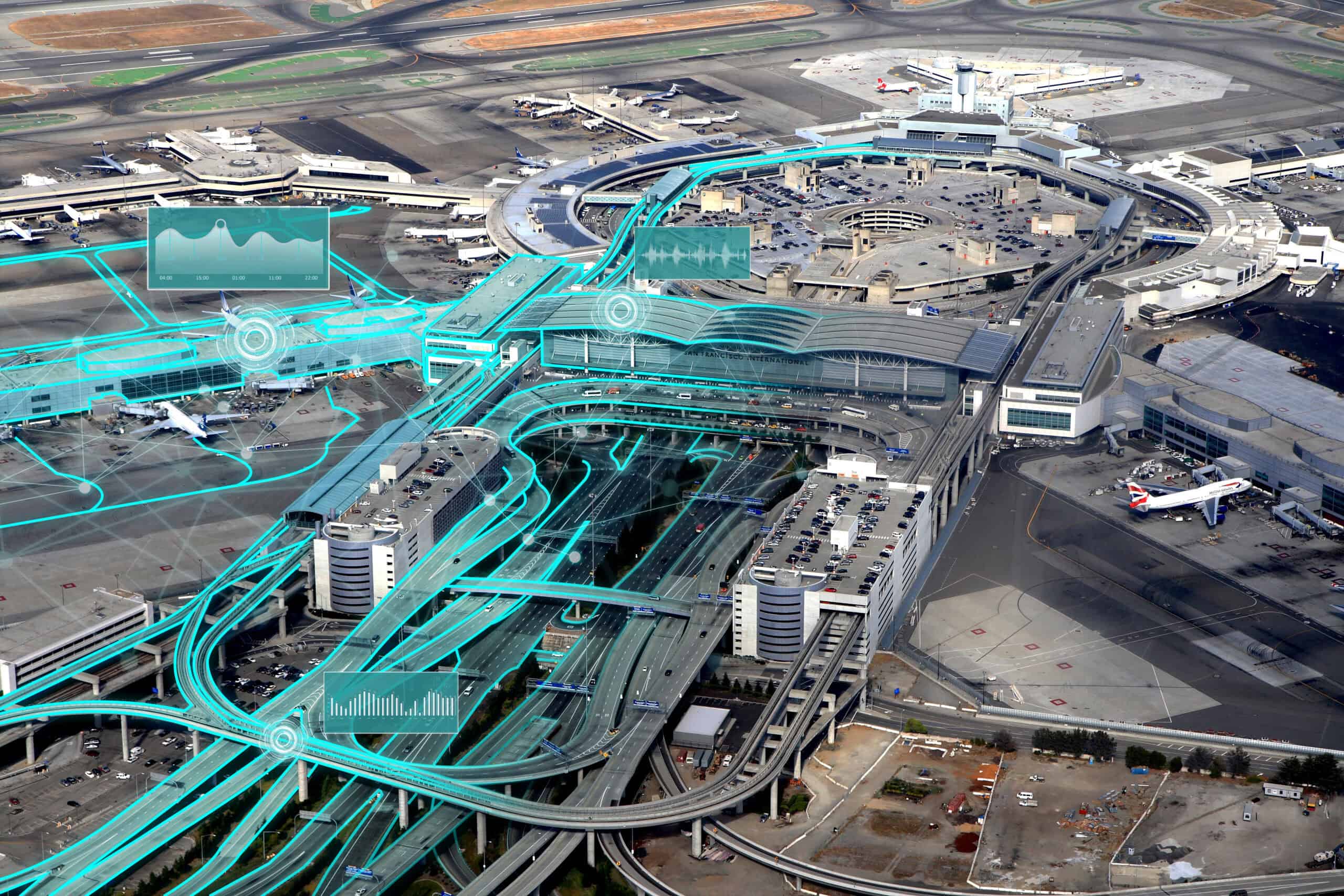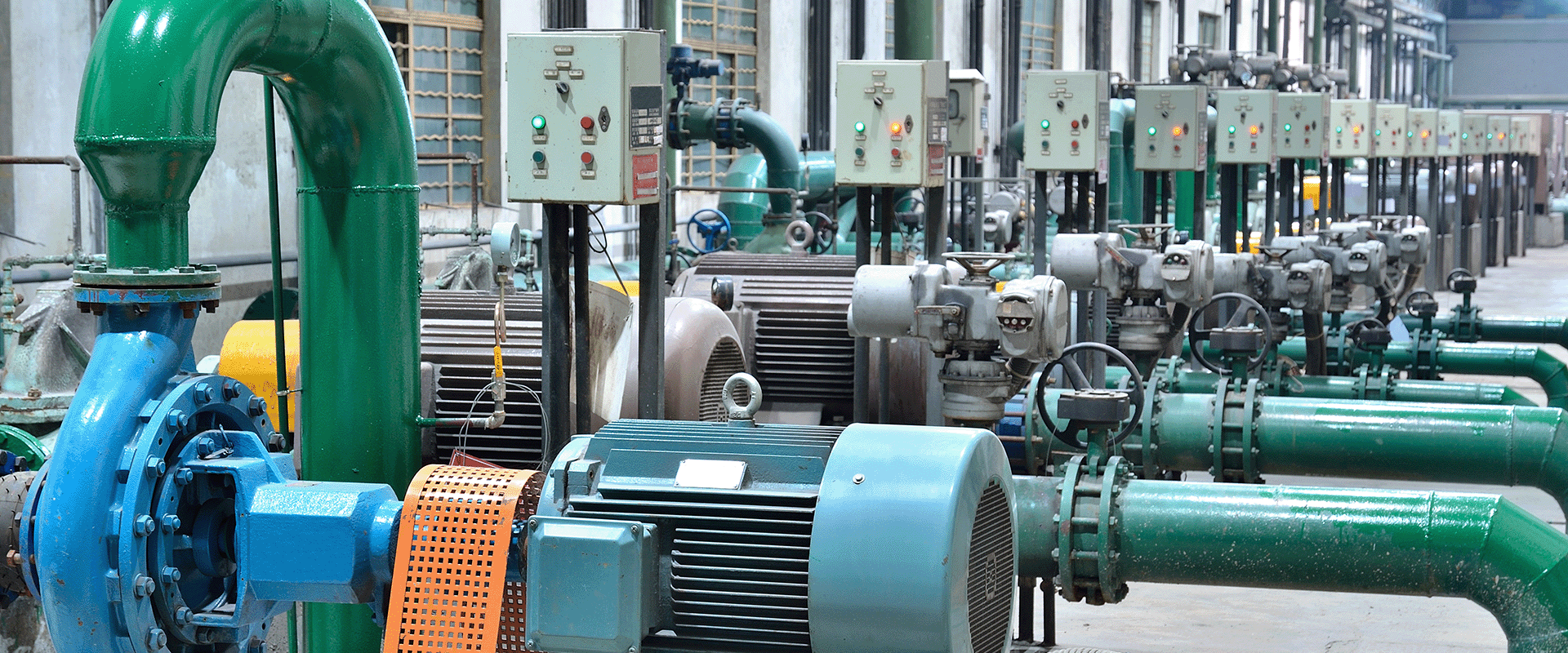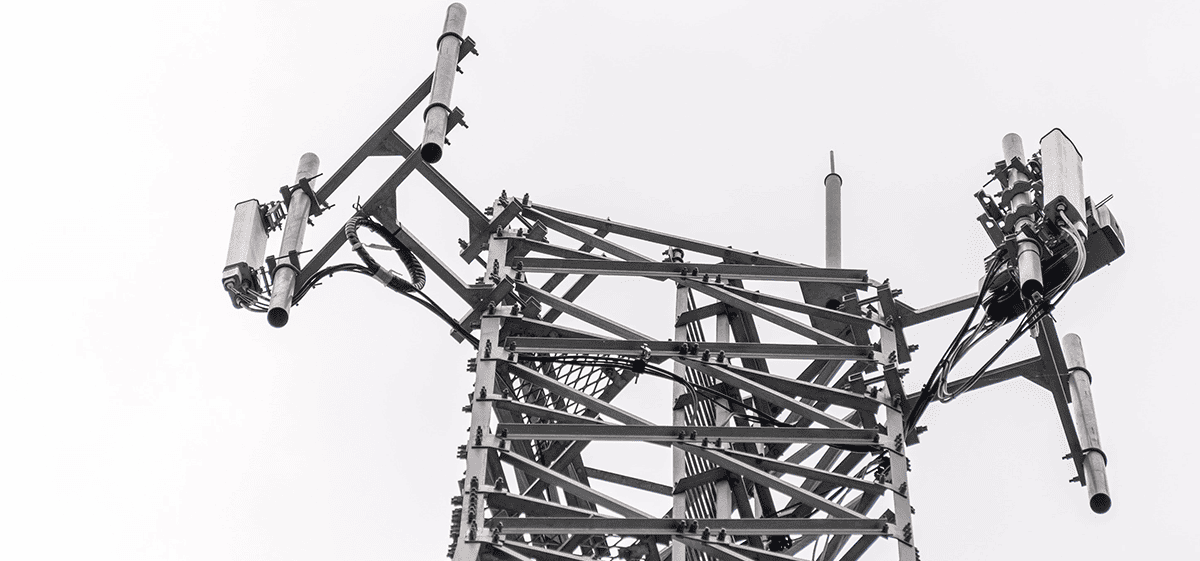Designing a Hidden Waste Treatment Facility to Power a Sustainable City
In the quest for sustainable and resilient urban infrastructure, cities around the world are exploring innovative solutions to manage waste and reduce environmental impact. One such example is the Xiong’an New Area in China, which aims to become a model “waste-free city.”
This project not only showcases engineering ingenuity but also highlights how digital twin technologies and sustainable design can work together to build cities that are cleaner, greener, and more resilient.
- Accelerated Delivery: Achieved a 130% boost in design efficiency, saving 30 days in design and 50 days in construction.
- Significant Cost Savings: Reduced project costs by CNY 13.7 million through optimized planning and execution.
- Sustainable Performance: Processes 3,060 tons of waste daily with a 50% to 80% reduction in emissions, depending on type of waste.
Managing Waste for Millions
Xiong’an New Area, a state-level development zone in the Hebei province, was envisioned as a smart, green, and livable city. However, with a projected population of over 6 million, the city faced a significant challenge: how to manage the enormous volume of waste generated daily without compromising the environment or the quality of life for its residents.
The solution? A 220,000 square-meter underground waste treatment facility capable of processing 3,060 tons of waste per day, including household garbage, kitchen waste, solid sewage, medical waste, and other miscellaneous waste streams. This underground waste treatment facility was designed for zero surface disruption, integrating into urban infrastructure with a park above.
Innovative Solutions for Engineering Excellence
China ENFI Engineering was selected to lead the design and digital delivery of the project. While the company had extensive experience in industrial engineering, this project was unlike any that they had tackled before. The idea of hiding a massive industrial complex underground, beneath a public park, was both visionary and technically demanding.
To meet these challenges, the team turned to Bentley’s digital engineering solutions. Initially working with 2D design software, they quickly realized that traditional methods would not suffice. They needed a fully integrated 3D digital workflow to manage the complexity, ensure precision, and enable real-time collaboration across disciplines.
Overcoming the challenges of subterranean waste treatment designing an underground facility of this scale introduced a host of technical challenges, such as:
- Ventilation in confined spaces
- Underground logistics for waste transport and processing
- Fire protection systems tailored for subterranean environments
- Anti-floating and anti-seepage measures to manage groundwater
- Flue gas whitening and cooling tower defogging to minimize visual and environmental impact
Moreover, the facility had to accommodate six different waste treatment technologies, all within a limited footprint and around thick structural columns supporting the mountain above. Every square meter had to be optimized for efficiency, safety, and sustainability.
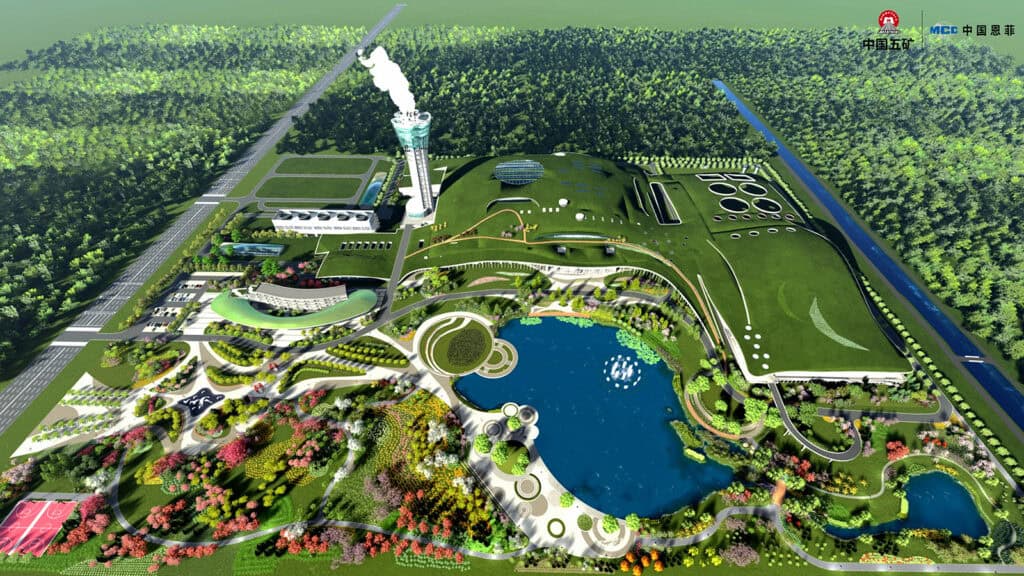
Expanding on Sustainability and Resilience Aspects
The Role of Digital Twins in Sustainable Urban Development
One of the key elements that contributed to the success of the Xiong’an Waste Treatment Facility is the use of a digital twin created with Bentley applications. Creating a digital twin enabled the project team to visualize the entire facility in 3D, identify potential issues before construction, and optimize design for efficiency and sustainability. By simulating different scenarios, the team could make informed decisions that minimize environmental impact and maximize resource efficiency.
How Digital Twins Transformed the Waste Facility
- OpenPlant: For 3D modeling of piping systems, ensuring compliance with government standards and enabling precise layout in tight spaces.
- OpenBuildings: To finalize the digital twin and integrate prefabricated components
- Bentley LumenRT: For creating animations and visualizations that helped stakeholders understand and approve design concepts.
- Accelerated delivery: Achieved a 130% boost in design efficiency, saving 30 days in design and 50 days in construction.
- Significant cost savings: Reduced project costs by CNY 13.7 million through optimized planning and execution.
- Sustainable performance: Processes 3,060 tons of waste daily with a 5,080% reduction in emissions, depending on type of waste.
Energy Efficiency and Renewable Energy Integration
Integrating renewable energy sources into urban infrastructure is a key strategy for enhancing sustainability. By generating energy from waste, the Xiong’an facility reduces reliance on fossil fuels, lowers greenhouse gas emissions, and supports the city’s transition to a low-carbon economy.
Water Management and Conservation
Water management is another critical aspect of sustainable urban development. The Xiong’an Waste Treatment Facility incorporates advanced water treatment technologies to ensure that wastewater is treated to the highest standards before being released back into the environment. This helps to protect local water resources and supports the city’s efforts to conserve water.
In addition to treating wastewater, the facility also implements measures to manage stormwater and prevent flooding. By incorporating green infrastructure elements—such as permeable surfaces and rain gardens—the facility helps to reduce the risk of flooding and improve water quality.
Enhancing Urban Resilience
Urban resilience refers to the ability of a city to withstand and recover from adverse events such as natural disasters, economic shocks, and social disruptions. The Xiong’an Waste Treatment Facility enhances urban resilience in several ways:
- Redundancy and reliability
- The facility is designed with redundancy and backup systems to ensure continuous operation even in the event of equipment failure or other disruptions.
- Adaptability
- The facility’s modular design allows for future expansion and adaptation to changing waste management needs and environmental regulations.
- Community engagement
- By involving local communities in the planning and design process, the project fosters a sense of ownership and collaboration, which is essential for building resilient cities.
Green and Resilient
With sustainable design of Xiong’an’s Waste Facility at its core, this project is a blueprint for sustainable urban development. By placing the facility underground and topping it with a park, the design preserves valuable surface land for public use while minimizing the visual and environmental footprint of industrial operations.
Key sustainability features include:
- Emission control
- The facility exceeds EU standards for dust, sulfur dioxide, nitrogen oxides, and carbon-based compounds.
- Energy recovery
- The waste treatment process generates 214 gigawatts of power, contributing to the city’s energy needs.
- Land use efficiency
- By building underground, the project avoids displacing residents or disrupting the urban landscape.
- Integrated waste management
- Treating all waste types in one facility reduces transportation emissions and streamline operations.
These features not only reduce the city’s environmental impact, but also enhance its resilience—its ability to adapt to population growth, climate change, and future urban challenges.
Proven Impact: Key Outcomes from the Xiong’an Waste Facility
- 130% improvement in design efficiency
- 30 days saved in design time
- 50 days saved in construction time
- CNY 13.7 million saved in costs
- 50% to 80% reduction in emissions, depending on waste type
- 3,060 tons of waste processed daily
The facility is now fully operational, quietly supporting the city’s sustainability goals while remaining invisible to the public eye. Residents walk through the park above, unaware of the high-tech operations happening beneath their feet.
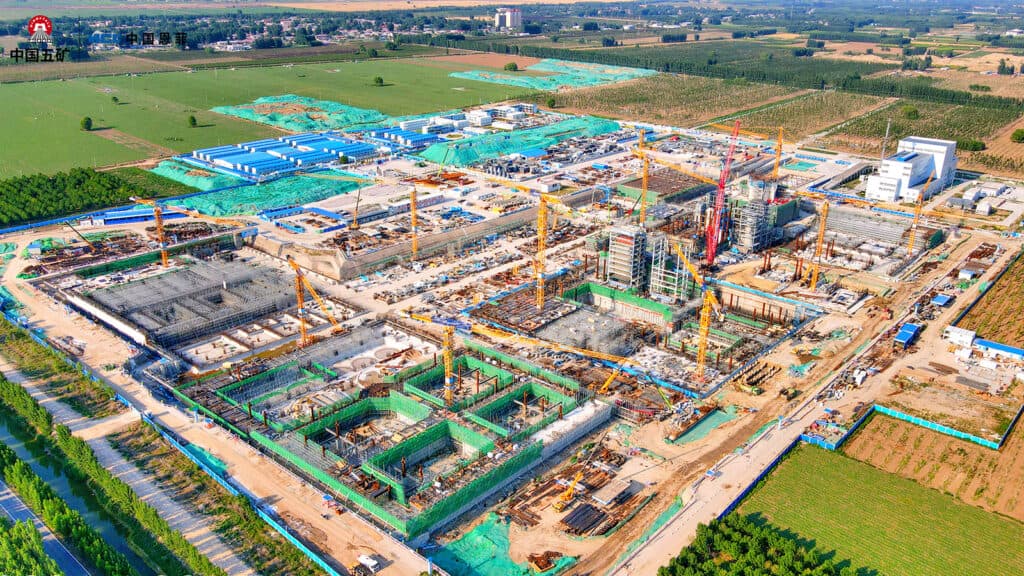
“Bentley’s technology was used to realize the innovative application of deindustrialization and seamless design with industrial facilities hidden underground and country parks on the ground”
-Zheng Peng, Director of BIM Digital Engineering Office of Energy, Environment and Urban Construction Division, China ENFI Engineering
Key takeaways and a vision for the future
The success of the Xiong’an Waste Treatment Facility offers valuable lessons for other cities and municipalities seeking to enhance their sustainability and resilience.
As cities around the world continue to grow and face mounting environmental challenges, the Xiong’an Waste Treatment Facility serves as a model for how innovative design, digital technology, and sustainable practices can come together to create resilient and livable urban environments. The facility is now fully operational, quietly supporting the city’s sustainability goals while remaining invisible to the public eye. Residents walk through the park above, unaware of the high-tech operations happening beneath their feet.
By embracing digital innovation, prioritizing sustainability, and fostering community engagement, we can build urban environments that are not only livable and vibrant, but also resilient and adaptable to the challenges of the 21st century.
Ready to build future-ready urban infrastructure today?
Learn more about transforming urban infrastructure with digital twins.
